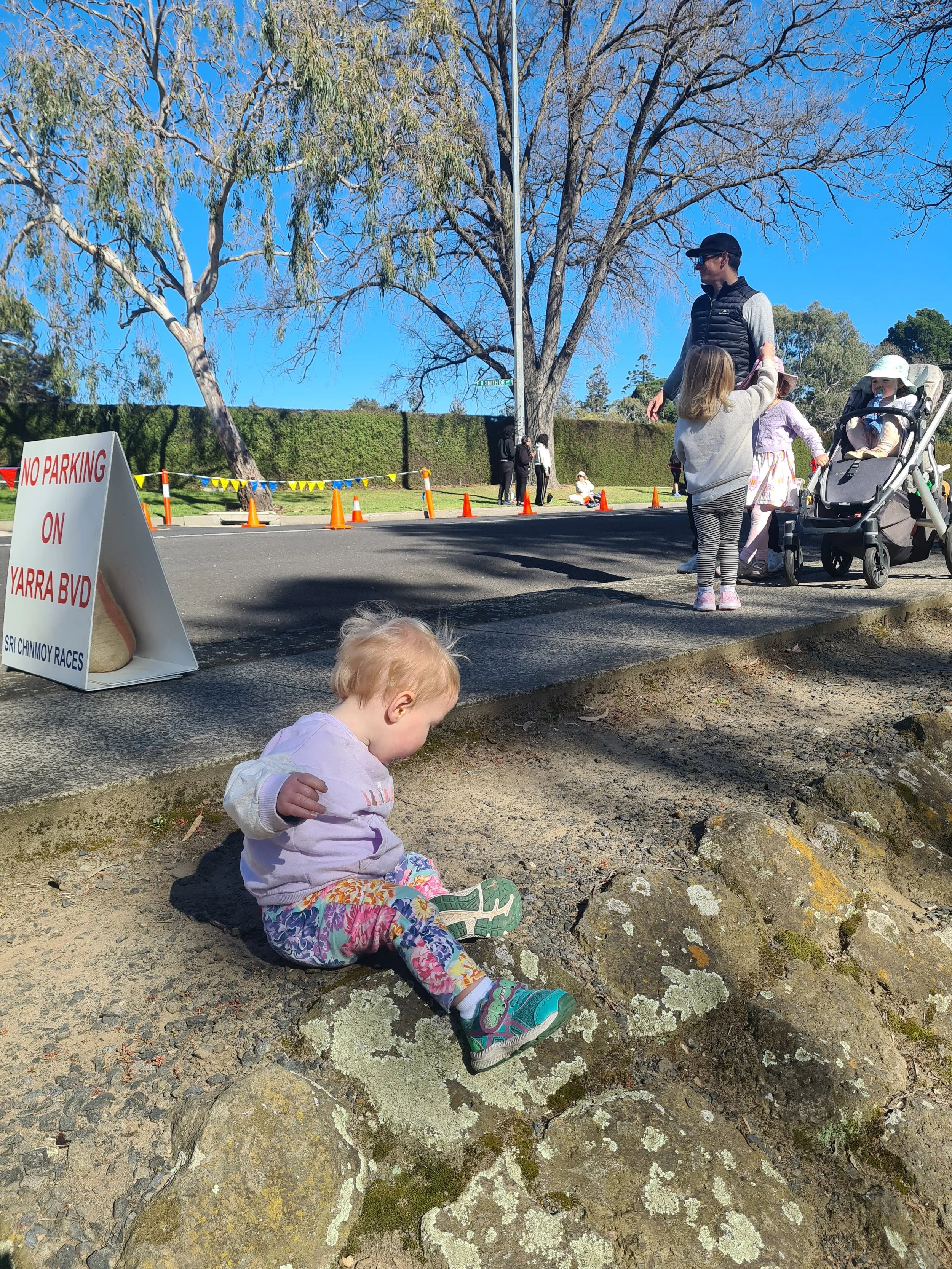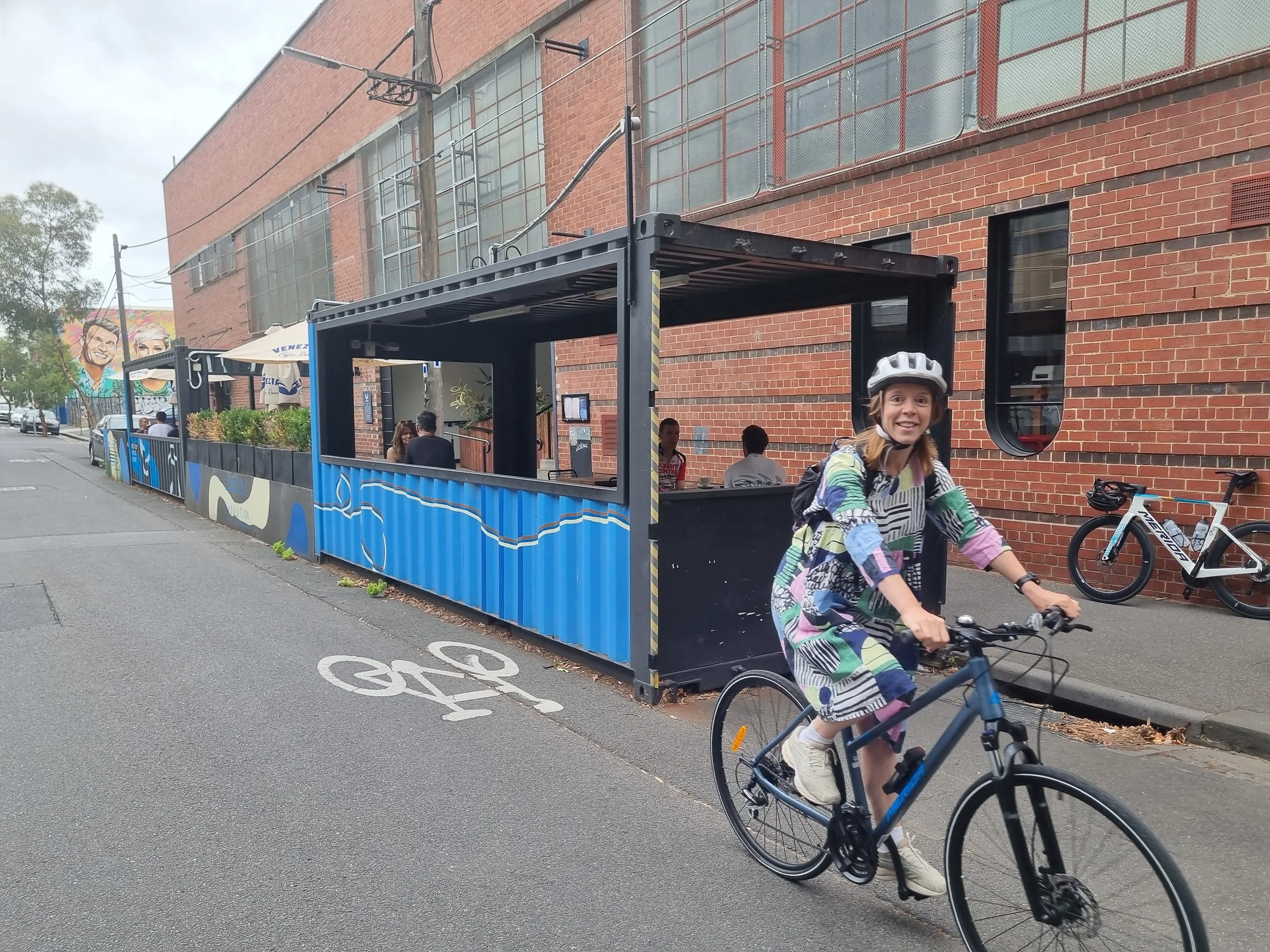
Update
Transform streets by transforming stories
Change how people see and shape the streets they share — turning everyday places into spaces of connection and possibility.
The street storytelling academy will now be offered as a complement to the Regenerative Streets Hub membership (stewards tier)

Is this your experience?
You have transformative ideas for streets but struggle to translate them into shared visions that inspire action.
Reports and proposals alone haven’t sparked change and you’re uncertain how to use storytelling meaningfully.
If so, it’s time to join a community of practitioners and designers working together to:
See street systems with new eyes
Turn creativity and curiosity into a strength
Discover authentic, values-driven storytelling
Practice and refine narratives that mobilise others
Learn core systems thinking to deepen impact
Garner buy-in for regenerative street visions by cultivating trust and connection
Add storytelling to your repertoire of street design tools
Forge diverse alliances that unlock new possibilities for streets

What you’ll gain:
A story blueprint tailored to your audience and context
A systems thinking lens to understand and reframe problems
Practical tools for strategic storytelling and community engagement
Hands-on experience with monthly virtual labs fostering peer collaboration
How to access
On-demand video lessons to take you through the five steps to better storytelling
Monthly drop-ins where you can share stories you’re working on, discover new perspectives and give/receive feedback from other storytellers
Workbooks, templates, and story prompts for immediate application
Launching soon in the Regenerative Streets Hub
Five steps to better street storytelling…
Step 1: See the System
Identify stories and systems shaping your streets and your thinking. Learn systems thinking fundamentals and map barriers using the Living Compass.
Step 2: Show Up as You
Connect your personal values and experience to your street storytelling. Map your purpose pathway and shift from expert to enabler.
Step 3: Find and Frame Your Story
Develop a narrative blueprint using the Value–Vision–Barrier–Action framework that resonates and drives action..
Step 4: Bring Your Story to Life
Experiment, share, and refine your story collaboratively in live labs. Explore channels and tactics for influence.
Step 5: Cultivate Connection
Learn reflective practices to deepen community relationships and prepare for Living Strategy. Design safe-to-fail experiments and apply community-led design.
What participants are saying…
“In addition to a new way of starting to think about building in narrative and storytelling into day-to-day work, the biggest benefit was meeting and talking to other like-minded people with different perspectives and experience but the same level of passion and care for the work.”
Jamie-Lee Owen, Metro Trains, Author of Around the Tracks
“This lab reiterated the fundamental principle I have that diverse voices are necessary if we are to create better and more liveable cities.”
Maurice Berger, Liveable Cities Collective
“[The storytelling lab gave me] insights into other people's perspectives and priorities. That is why I go to many of these events. Yours was much better than most.”
Gayle Dallaston, The Shady Lanes Project

About your host, Laura Aston
I’m a transport planner, systems thinker, and the creator and facilitator of the Street Storytelling Academy.
I founded Wayfinder Labs after years of working in transport planning, where I often found myself caught between the desire to create meaningful change and the constraints of systems that prioritised certainty, speed, and short-term outcomes. I realised that the real barriers weren’t technical—they were cultural, emotional, and relational. We weren’t just missing better infrastructure; we were missing better stories.
The Street Storytelling Academy is my response to that realisation. It’s a space for people who want to reconnect with their streets, their communities, and their own agency. Through storytelling and systems thinking, I support participants to articulate their vision for change and begin experimenting with ways to bring it to life.
This work is part of a broader journey I’m on—toward a regenerative livelihood that aligns with my values, nurtures creativity, and supports others to do the same.
“Everything we build, literally and metaphorically, from the physical infrastructure of our society to our institutions and all the products of our culture, have their roots in the story and reflect its logic back to us. The story surrounds us on a daily basis, providing near constant conditioning.”
